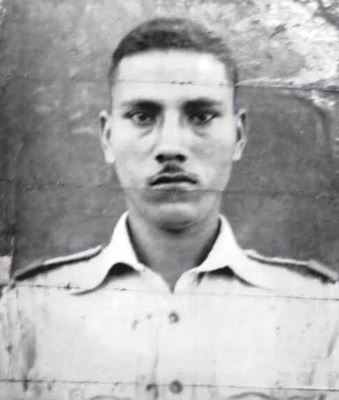Why in the News?
A poem on National War Memorial and a chapter about Veer Abdul Hameed (PVC) introduced by the Ministries of Defence and Education has been included in the NCERT Class VI curriculum.
About National War Memorial
- The National War Memorial was unveiled on 25th February 2019 to honor Indian soldiers who sacrificed their lives in conflicts with Pakistan, China, 1961 Goa war and Operation Pawan.
- The monument is designed in a C-hexagon layout, with names of the fallen soldiers inscribed on its walls.
- It was designed by Yogesh Chandrasan of WeBe Design Lab.
- Key features include the Amar Chakra (Circle of Immortality) with the ‘Eternal Flame’ symbolizing the nation’s commitment to remembering the soldiers.
- The Veerta Chakra showcases six bronze murals depicting acts of bravery.
- The Rakshak Chakra symbolizes protection with trees representing troops safeguarding the nation.
- Tyag Chakra (Circle of Sacrifice) features concentric granite walls honoring the soldiers who have died since Independence.
- The memorial also features busts of 21 soldiers who have received the Param Vir Chakra, India’s highest gallantry award.
|
Who was Veer Abdul Hameed?

- Abdul Hamid was a soldier in the 4th Grenadiers of the Indian Army.
- He fought in the Battle of Asal Uttar during the 1965 India-Pakistan war, which took place near the India-Pakistan border in Punjab.
- On 10th September 1965, he destroyed 3 Pakistani tanks and damaged a 4th near Chima village. He was killed during the battle.
- For his exceptional bravery, he was posthumously awarded the Param Vir Chakra, India’s highest military honour.
- A war memorial now stands at the site of his death, featuring a captured Pakistani Patton tank as a tribute to his courage.


